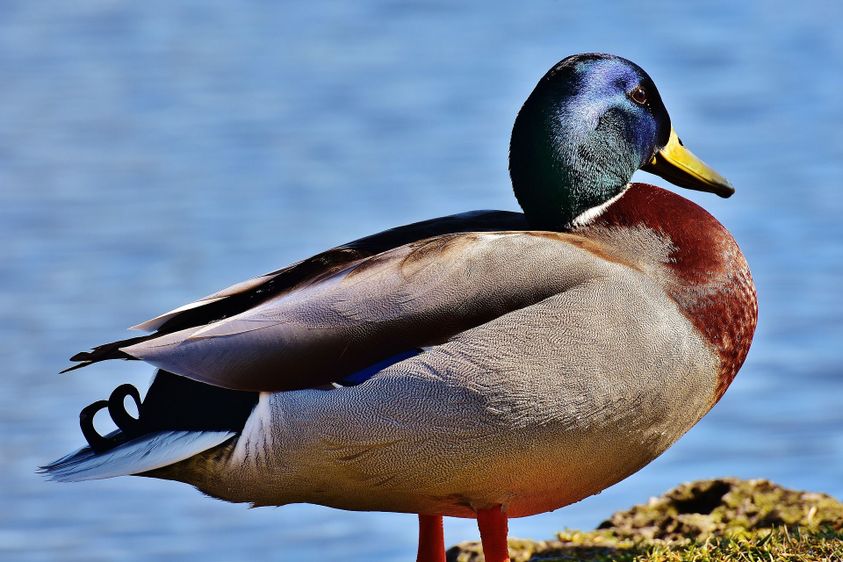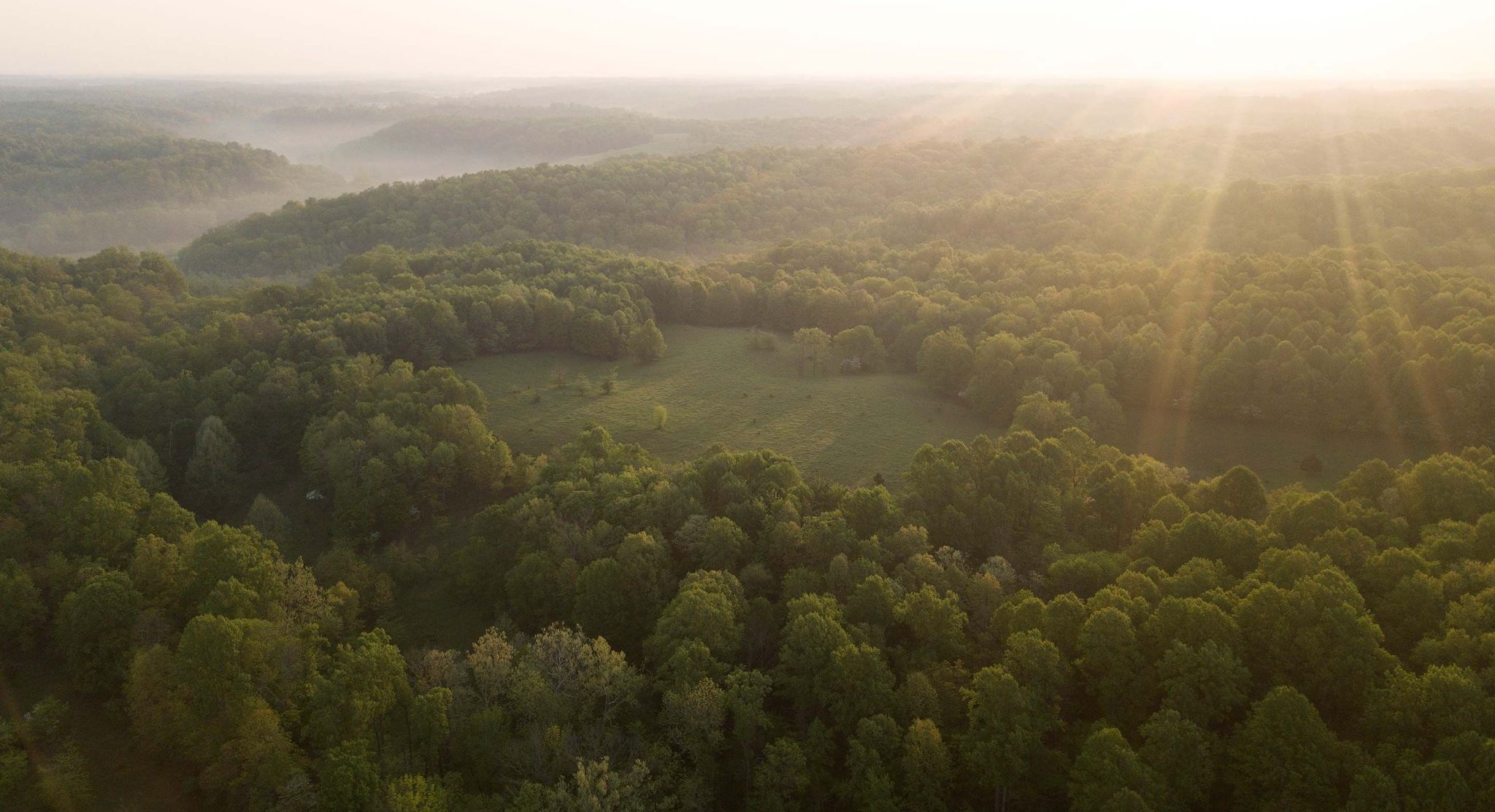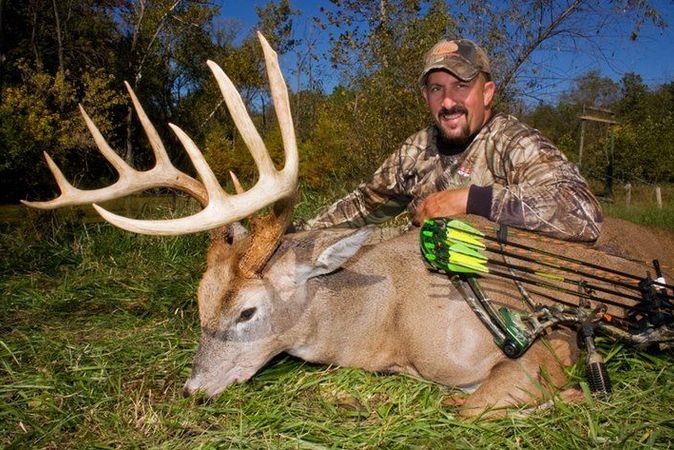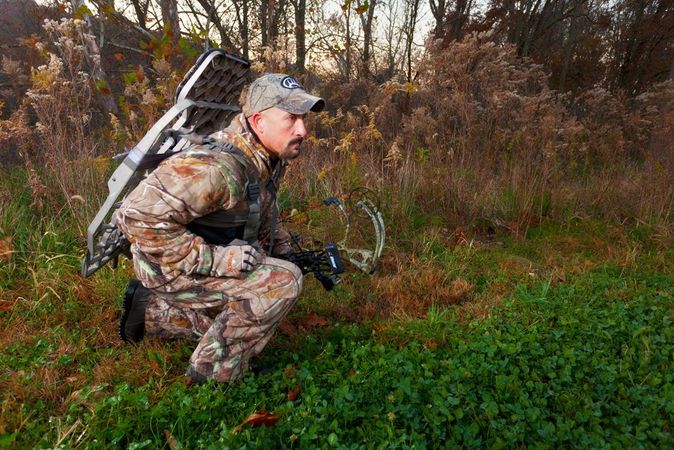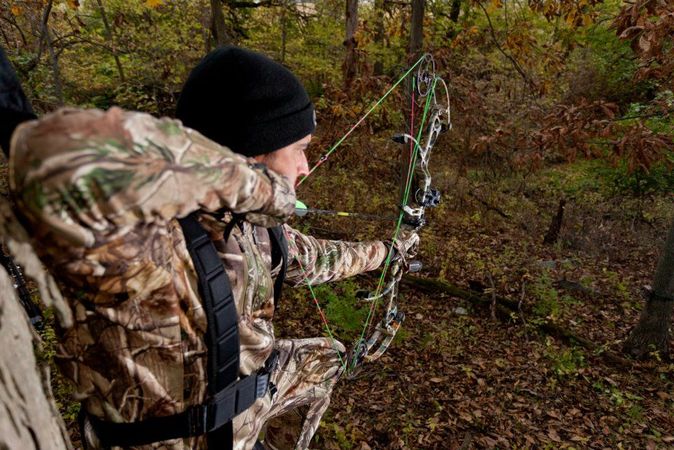Here are the scenarios when most of us have killed a limit of mallards: a snowy morning in flooded timber with a stiff north wind that required goggles to see, a warm early season afternoon wearing shirt sleeves, eating lunch on a boat in big water when they suddenly started pouring in, on a narrow river during a deep freeze when every other body of water was frozen solid, and lastly, on one of those clear, late mornings after the small ducks have made their dawn passes. That’s when mallards are traditionally “supposed” to fly.
Of course anything that Mother Nature is supposed to do is arbitrary at best. If you are out there enough, you’re going to kill ducks; catch a cold front on a weekend or get a few days off work during the week when pressure is low. Hopefully you’ve been able to find a place to call your own or a lease that affords you the opportunity to hunt with limited competition. As long as you go at it with a strategy in mind, the chances of you and your hunting buddies toting home a few of the 10-million-plus mallards in the US is fairly good.
Follow the Leader on Open Water
When hunting open water, don’t let anyone tell you that calling too much or too loud is bad. In fact, not blowing comeback calls to ducks that are thirty thousand feet high is your loss. The comeback is perhaps the most confidence-building call a duck can hear.
Using more than one caller in the blind is okay. Just make sure there is a leader, kind of like a band, that the rest follow. This will likely be the guy that’s also calling the shots.
Flooded Timber
Some of the most action-packed hunting you’ll ever experience can take place in flooded timber. When mallards commit to a feeding spot among the old cypress and oaks, there’s not much hesitation as they dive bomb down through the trees toward the water. This method for duck hunting mallards takes a lot of scouting. And if you’re a public land hunter, getting to your hole before anyone else does makes those 3:00 a.m. wake-up calls routine.
The less is more approach to calling is a good strategy in the flooded timber, especially in the Deep South. By the time ducks arrive in Mississippi and Louisiana, they’ve seen just about every trick in the book. Instead, use more decoys. Ducks find safety in numbers.
Rice Fields
Commonplace in the Arkansas and Mississippi Deltas, rice fields are big open areas that will also require a lot of decoys and likely a lot of calling. There’s a good chance that these ducks have been called to and shot at as well, so the spread’s setup is important.
“One of the biggest mistakes I see people make in the rice fields is leaving their decoys out for the entire season,” said Bill Horton, who spends about 40-50 days a year duck hunting in Arkansas. “There’s no question that passing flights get used to seeing setups that never change.”
While there’s nothing better in the duck hunting world than toting home a game carrier of greenheads, getting in a position to shoot mallards consistently is no guarantee. But that’s the fun of it. Put in the hard work, rise before the others, and who knows, you may be testing duck recipes long after the season has ended.


